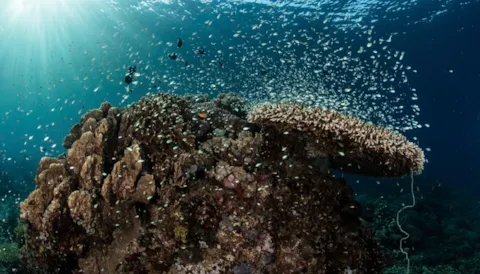 15 April 2025
15 April 2025 Ocean Ecology, a DNV company, acquires Shoreline Surveys to strengthen marine survey capabilities
Ocean Ecology, a leading marine environmental consultancy and part of DNV – a global leader in assurance, risk management, and certification – is pleased to announce the acquisition of Shoreline Surveys Limited. The acquisition enhances DNV’s position as a leading provider of marine biodiversity, environmental and aquaculture services by expanding its expertise and service offerings.